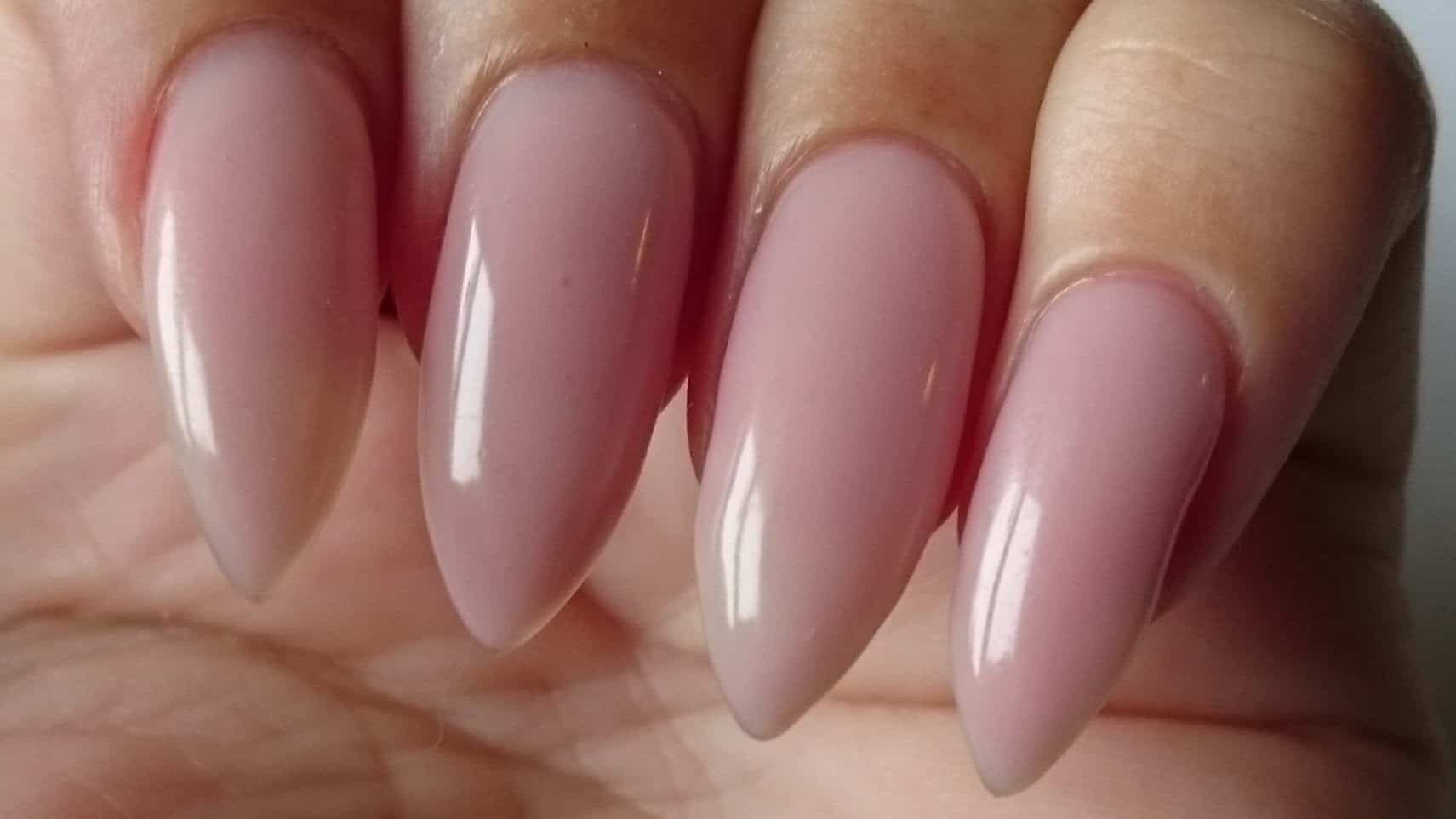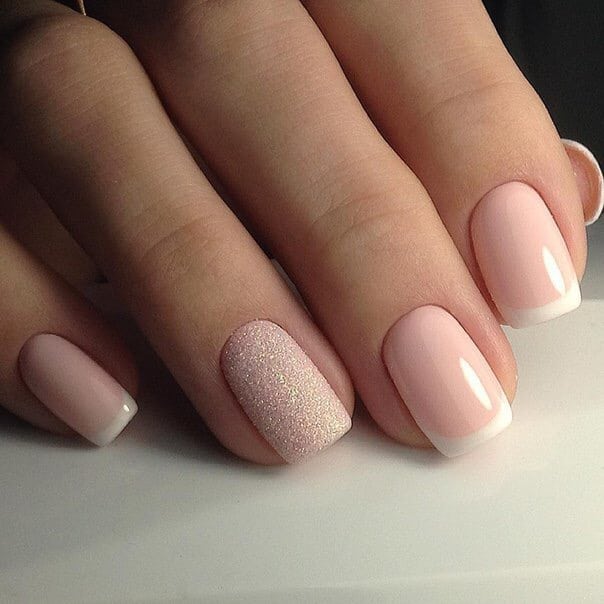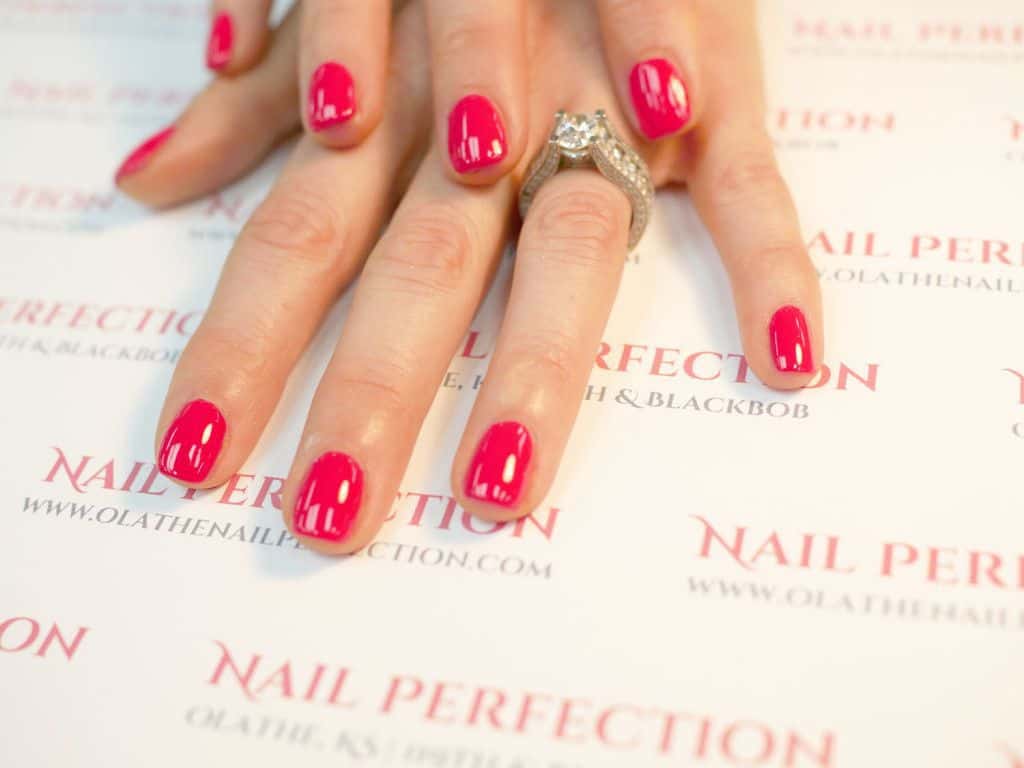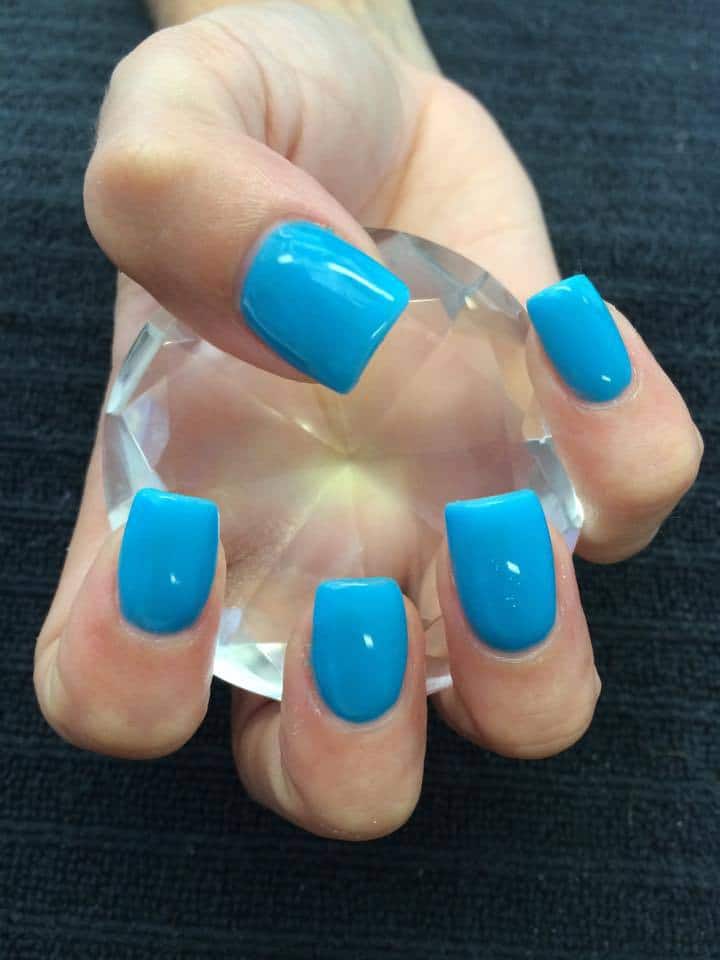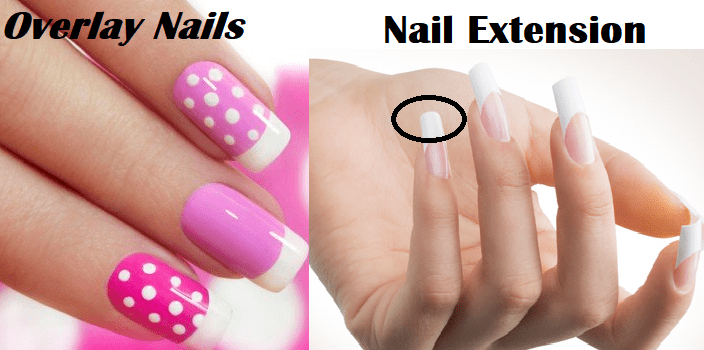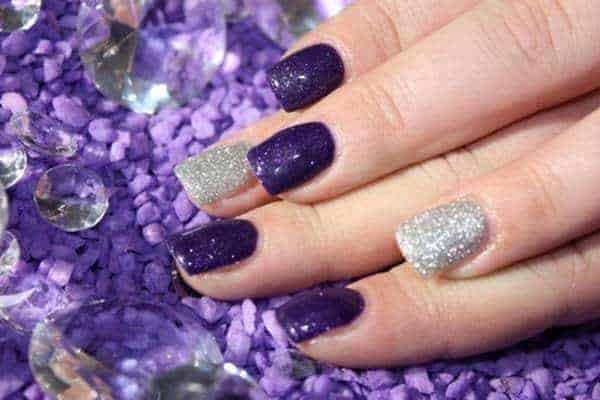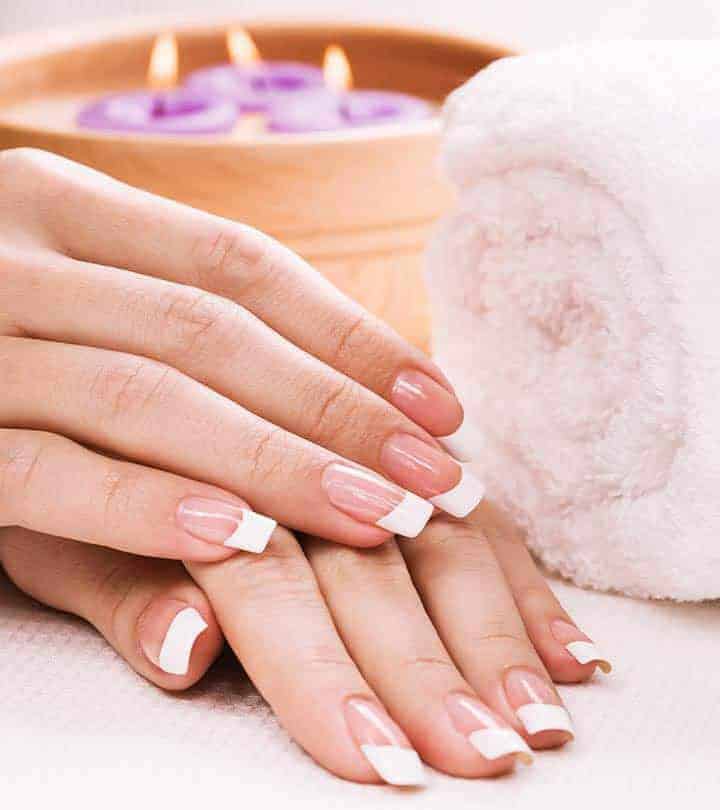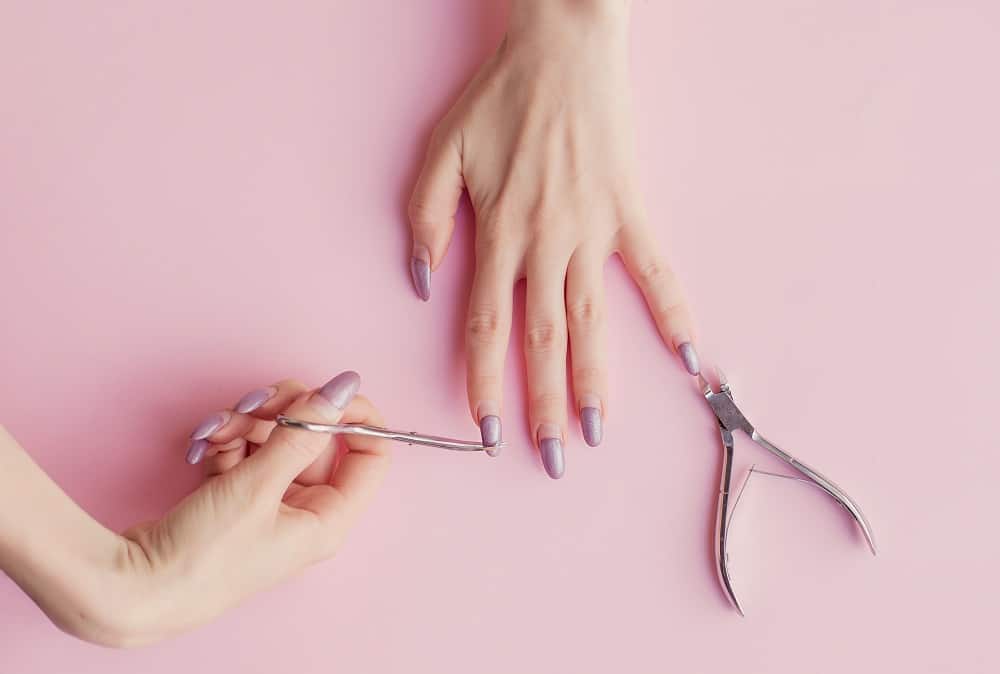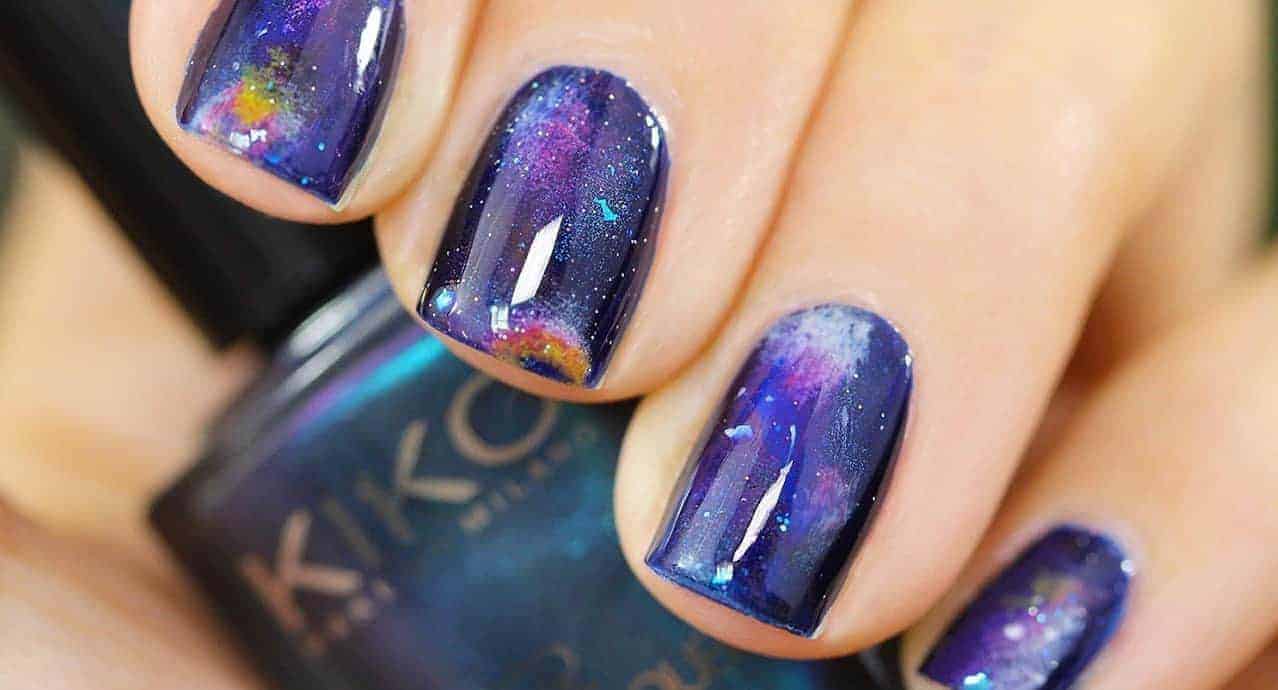Overlay Nails: How Do They Help in Your Manicure?
It is easy to get confused between the different kinds of products and services that a nail salon offers. Besides a simple manicure or pedicure, there exists a tonne of jargon for specialized processes and products aimed at improving and beautifying your fingernails and toenails.
It is important to know and understand the difference between them so as to be able to determine which service suits your requirements the best. Today, we are going to take a look at overlay nails.
What Is Overlay Nails?
Simply speaking, the concept of an overlay is very literal as the name suggests, an overlay refers to any kind of coating on top of the natural nail plate.
An overlay is usually used in situations when the said nail is weak or is not growing enough. Also, people with a habit f biting nails often choose a nail overlay to stop the habit and allow the nail to grow on its own.
Types of Nails Overlay
Overlay nails are an excellent way to make your nails look pretty, without having to put on extensions. These are available in the same formats as nail extensions.
1. Hard Gel Overlay
Gel overlay nails are very common, but even under that category, you are free to choose the kind of gel – hard or soft – as per your requirement. If you are looking for durability hard gel overlay nails are the answer.
Scientifically speaking, the hard gel has a close-knit molecular structure and is lighter. Since there exists no gap between the molecules, it is very difficult for solvents to permeate the structure and dissolve away the gel nails designs layer.
Thus, once you apply a hard gel overlay, you have to file it away. Also, a hard gel overlay can be more easily sculpted. Also, hard gel overlay takes longer to cure completely.
6 Different Types of Artificial Nails You Can Try
2. Soft Gel Overlay
As the name suggests, a soft gel overlay is made of relatively loose molecular connections and is heavier. Consequently, solvents can seep into the layers and dissolves the overlay.
Some technicians even prefer to soak the nails in water and dissolve the layer. This kind of overlay nail is ideal for maintaining for a short duration.
They cannot stand the test of time and may start chipping in a few weeks’ time. However, their flexibility acts as a boon in many elaborate nail art designs and also, and it cures faster as compared to hard gel overlay nails.
Gel overlays over natural nails are relatively cheap options and are also easier to maintain than most other varieties.
3. Acrylic Overlay
The acrylic comes in the form of a polymer in powder form and a monomer in the form of a liquid. They are combined together and applied on top of the nail. When exposed to the air, the compound begins to harden.
This leaves behind a strong and glossy surface that can be used to apply subsequent layers of polish. The flipside to acrylic designed overlay nails is that they release toxic fumes and are not as flexible as gel nails. Also, acrylic nails can be quite costly.
Learn How Long Acrylic Nails Will Last on Your Nails
4. Shellac Overlay
Shellac is a relatively recent concept and is basically a cross between a gel and acrylic nails. It can be painted on top of the bare nail bed and cured simply under UV lighting.
The number of coats required is fewer and it still leaves behind the glossy surface commonly associated with acrylic nails.
It should be noted that while acrylic and gel overlay over natural nails can be used to extend the nail, shellac is only a polish and serves no other purpose than to strengthen the nails. In the long term, shellac nails overlay is the least damaging option.
Overlay Nails Vs. Nail Extensions
- While ingredients for an overlay and a nail extension are the same, the only extra component used in a nail extension is a transparent piece of plastic that is fixed to the tip of the nail plate and topped with a mixture of either acrylic, gel, or fiberglass, which is then allowed to cure.
- When you are using a nail overlay, your main aim is to strengthen the nail. As a side, you can use the chemicals to extend the nail.
- On average, a basic clear set of acrylic nails will cost you anywhere between $30 to $50. As long as you keep it simple, that is. If your nails are long or if you want sculpted nails, salons usually charge $10 extra at least. Also, acrylic nails need to get filled frequently; for each session, you may be charged $10-15. Basic gel nails will cost as overlay $30 to $35.
DIY Tips: Acrylic Nails Application & Maintenance Cost
Overlay nails help you grow your nails naturally, without having to sacrifice their beautification. Once they are naturally of the right shape and size, you would neither need an extension nor an overlay.
It should be noted that nothing works better than a bare nail plate. Extended use of acrylics, gel, shellacs, or nail extensions can ultimately harm the nail bed.
